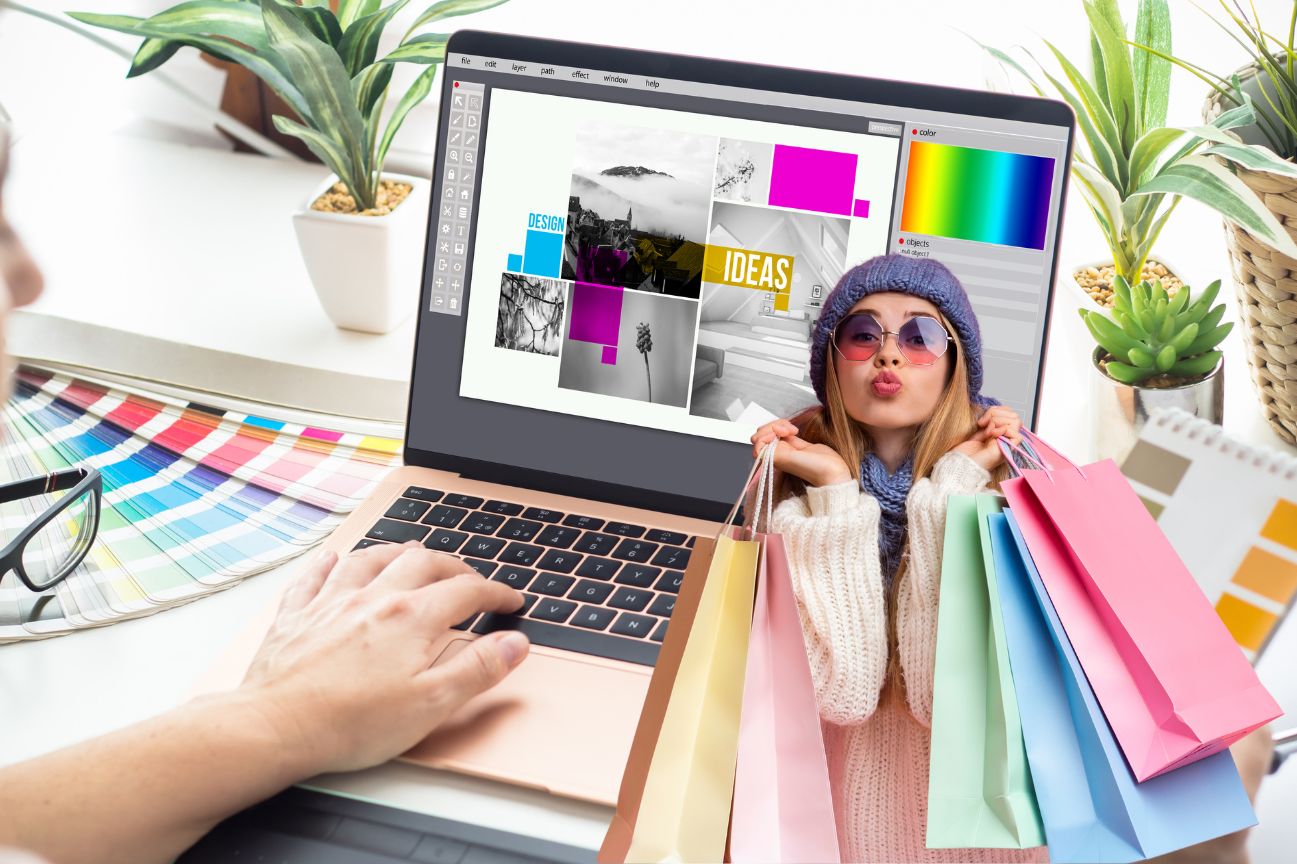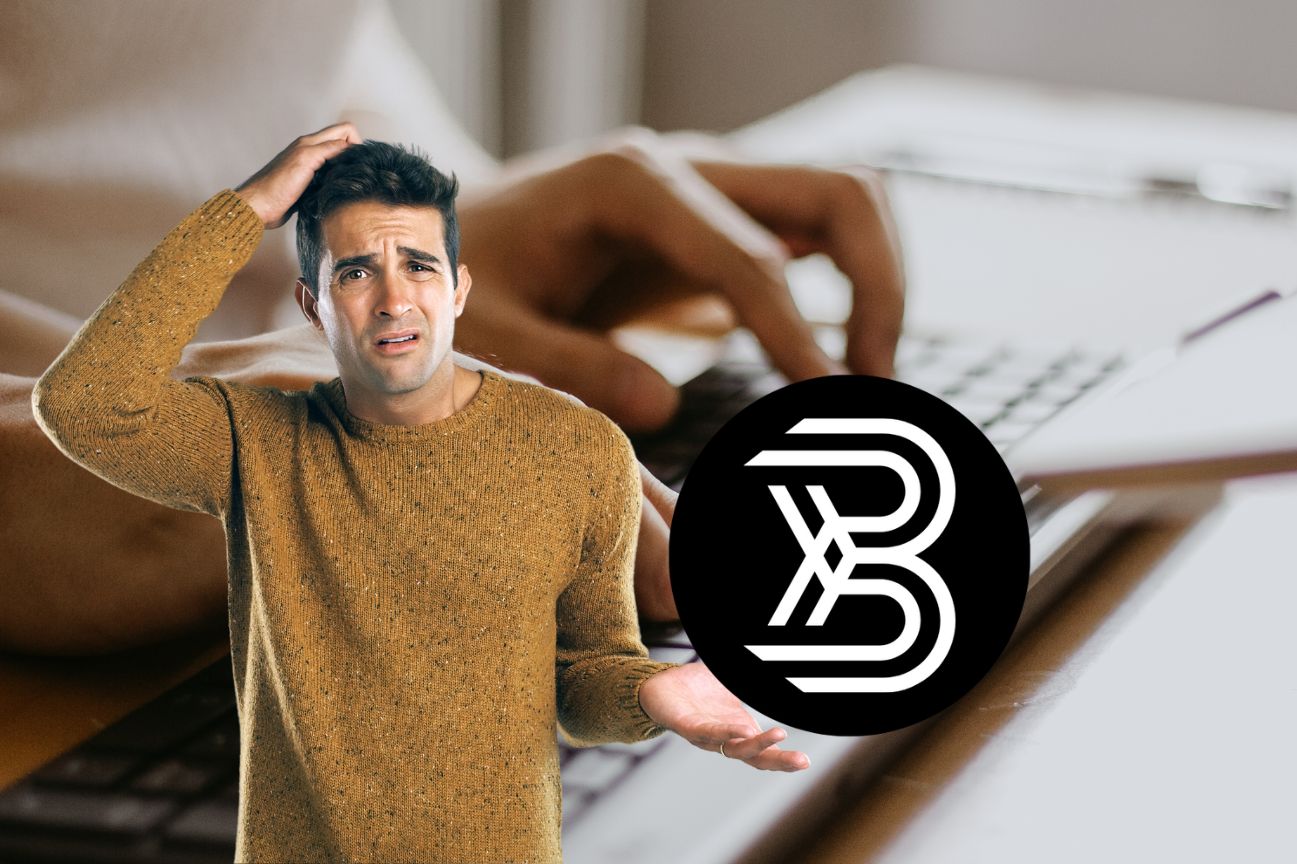Artificial Intelligence (AI) image generators are advanced software applications that use machine learning algorithms to create, modify, and enhance images. These tools can generate new images from scratch, transform existing images, and assist in various aspects of digital art and design.
Relevance and Importance
AI image generators are revolutionizing the creative industry by enabling artists and designers to push the boundaries of their work. These tools enhance creativity, increase efficiency, and open new possibilities for innovation in digital art and design.
Evolution of Digital Art
The digital art revolution began in the late 20th century with the advent of personal computers and graphic design software. Early digital art tools were basic, offering limited capabilities compared to traditional mediums.
Emergence of AI in Art
The integration of AI into art started gaining traction in the 2010s. Pioneering projects like Google’s DeepDream and GAN (Generative Adversarial Networks) laid the groundwork for more sophisticated AI-driven art creation tools.
Key Principles
Machine Learning Algorithms: AI image generators rely on machine learning, particularly deep learning and neural networks, to understand and replicate artistic styles and techniques.
Generative Adversarial Networks (GANs): GANs are a core technology in AI image generation. They consist of two neural networks: a generator that creates images and a discriminator that evaluates them, leading to increasingly realistic outputs.
Style Transfer
Style transfer algorithms enable the blending of different artistic styles, allowing artists to apply the visual characteristics of one image to another.
Popular AI Image Generators
- DeepArt – Known for its style transfer capabilities.
- Artbreeder – Allows users to blend images and create new variations.
- DALL-E – Developed by OpenAI, capable of generating detailed images from textual descriptions.
- Runway ML – Provides a platform for various AI tools, including image generation.
Workflow Integration
AI tools are often integrated into existing workflows through plugins for software like Adobe Photoshop or as standalone applications, facilitating seamless adoption by artists and designers.
Applications
Digital Art Creation: AI image generators are used to create unique and original artworks, expanding the creative toolkit of digital artists.
Graphic Design: In graphic design, AI assists in generating complex patterns, textures, and layouts, reducing the time required for manual design work.
Advertising and Marketing
AI-generated images are employed in advertising to create compelling visuals that attract and engage audiences, often personalized to target specific demographics.
Fashion Design
Fashion designers use AI to generate fabric patterns, clothing designs, and even to predict fashion trends, leading to innovative and trendsetting collections.
Video Game Design
In video game design, AI generates realistic environments, characters, and textures, enhancing the immersive experience for players.
Benefits
Enhanced Creativity
AI image generators offer artists and designers new ways to explore and experiment, pushing the boundaries of traditional creative processes.
Efficiency and Speed
These tools significantly reduce the time required to produce high-quality images, allowing for faster project completion and iteration.
Accessibility
AI image generators democratize art creation, making advanced tools accessible to individuals without formal training in art or design.
Cost-Effectiveness
By automating parts of the creative process, AI reduces the need for extensive human labor, lowering production costs.
Challenges and Limitations
Quality Control: Ensuring the quality and originality of AI-generated images can be challenging, as these tools sometimes produce outputs that lack the finesse of human-created art.
Ethical Concerns: The use of AI in art raises ethical questions about authorship, intellectual property, and the potential for misuse in creating deceptive or harmful content.
Technological Barriers
High computational requirements and the need for large datasets can limit the accessibility and usability of AI image generators.
AI-Driven Collaborative Platforms
New platforms are emerging that allow multiple users to collaborate on AI-generated art projects in real-time, fostering community and shared creativity.
Enhanced Realism with GANs
Advancements in GAN technology continue to improve the realism and detail of AI-generated images, making them indistinguishable from those created by humans.
AI in Augmented and Virtual Reality
AI-generated images are increasingly being integrated into AR and VR environments, creating immersive and interactive experiences.
Continued Integration in Creative Industries
The integration of AI image generators in various creative industries is expected to deepen, with more specialized tools being developed for specific applications.
Increased Personalization
Future AI tools will likely offer greater personalization, allowing users to tailor image generation to their unique styles and preferences.
Expanding Artistic Boundaries
As AI technology evolves, it will continue to expand the boundaries of what is possible in art and design, leading to entirely new forms of expression.
Traditional Art vs. AI-Generated Art
While traditional art relies on the artist’s manual skill and creativity, AI-generated art leverages algorithms to produce similar results. Each has its unique advantages and challenges, with AI offering speed and efficiency and traditional art providing a deeply personal touch.
Different AI Tools
A comparison of various AI image generators reveals differences in their capabilities, user interfaces, and applications, allowing users to choose the tool that best fits their needs.
Getting Started with AI Image Generators
- Choose the Right Tool – Select an AI image generator that suits your specific needs.
- Learn the Basics – Familiarize yourself with the tool’s interface and basic functions.
- Experiment and Iterate – Start with simple projects to understand the capabilities and gradually move to more complex creations.
Advanced Techniques
- Style Transfer – Experiment with different styles to blend and create unique images.
- Customization – Use customization options to fine-tune the generated images to match your vision.
- Integration – Learn how to integrate AI tools with other software for a seamless workflow.
In short
AI image generators are transforming digital art and design by enhancing creativity, efficiency, and accessibility. As these tools continue to evolve, they will further revolutionize the creative industries, offering new possibilities and overcoming current limitations.
FAQ
What are AI image generators?
AI image generators are software applications that use machine learning algorithms to create, modify, and enhance images.
How do AI image generators work?
These tools utilize neural networks, particularly GANs, to understand and replicate artistic styles and techniques, generating new images or transforming existing ones.
What are the benefits of using AI in digital art and design?
Benefits include enhanced creativity, increased efficiency, cost-effectiveness, and accessibility for individuals without formal training.
What are the challenges associated with AI image generators?
Challenges include quality control, ethical concerns, and technological barriers such as high computational requirements and the need for large datasets.
What is the future of AI image generators in the creative industry?
The future will see deeper integration of AI in various creative fields, increased personalization, and the expansion of artistic boundaries through continuous technological advancements.


